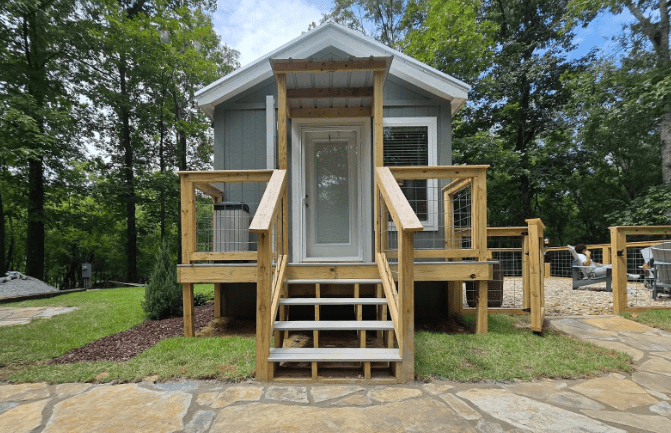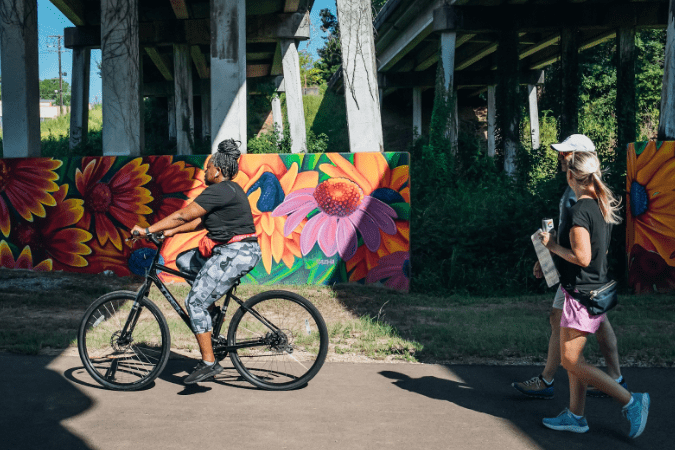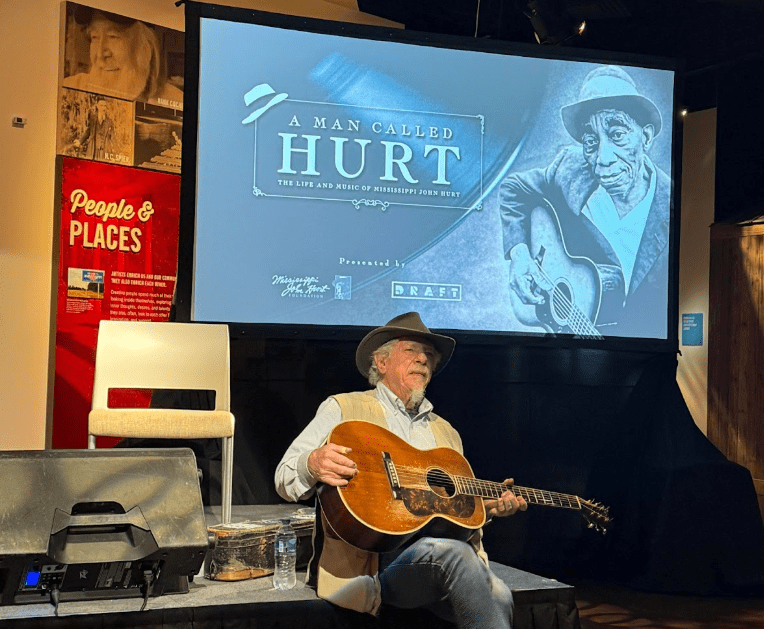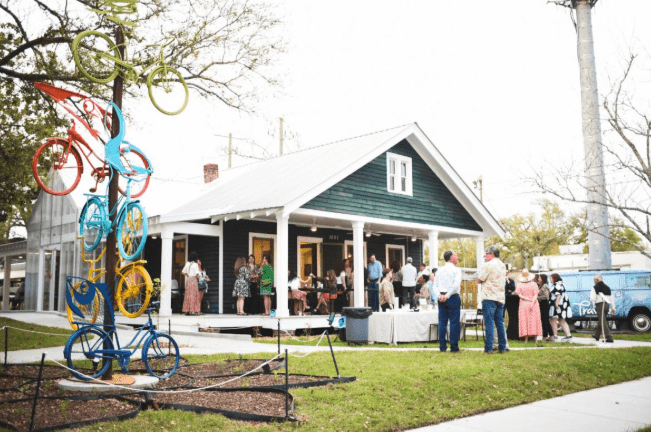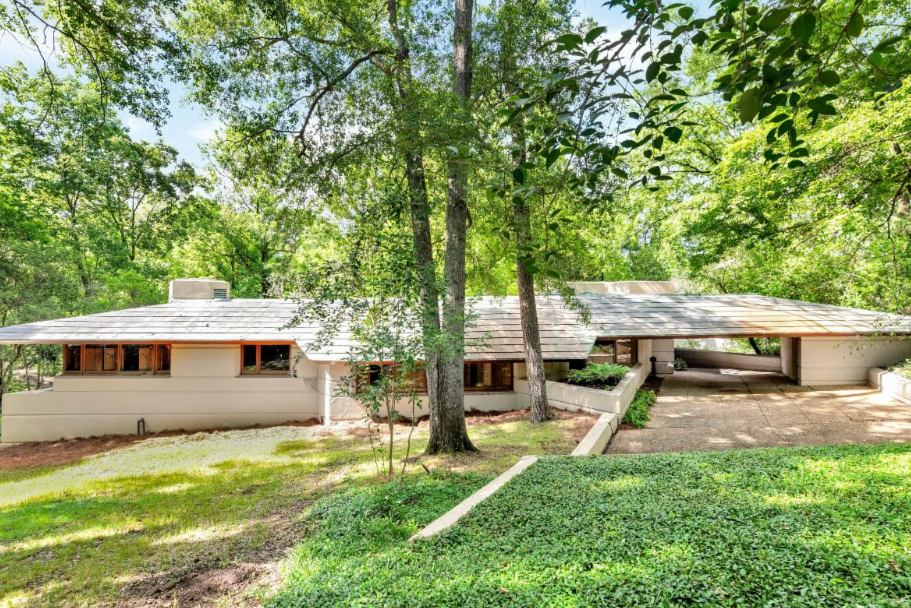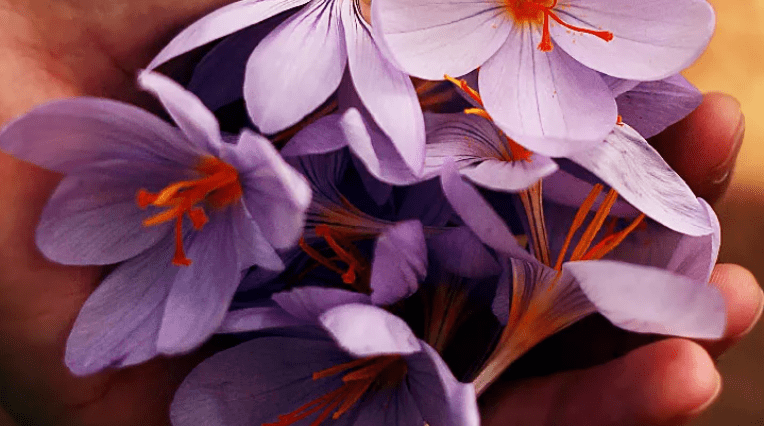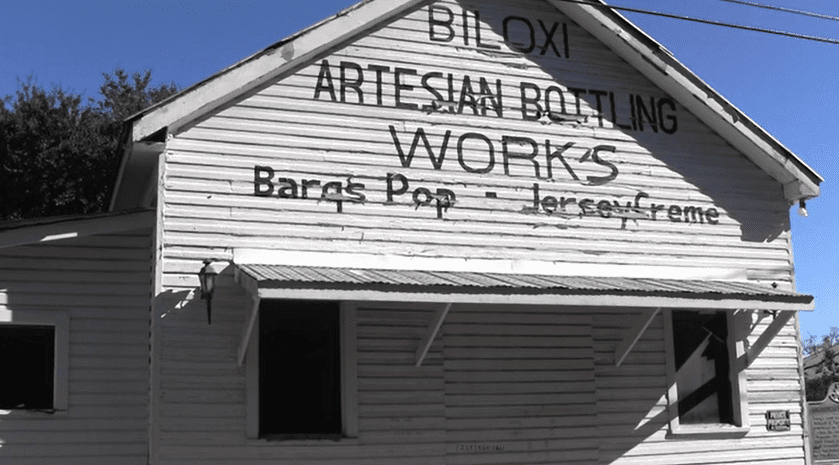
(Photo from Discover Biloxi)
- Thanks to the vision of Edward Barq, what started as a Mississippi Gulf Coast curiosity became a lasting staple in American culture.
For most, the pantheon of American soft drinks would be incomplete without Barq’s Root Beer. This spicy-sweet confection has been quenching our thirst and satisfying our sweet tooth since before the turn of the 20th century. What most Americans may not know, however, is that the story of this beverage began in—of all places, Biloxi, Mississippi—with one Edward Charles Edmund Barq. Though originally from New Orleans, Barq would spend most of his life on the Mississippi Gulf Coast, where his famous soft drink was first bottled. His story is worth knowing.
Barq was born in 1871 to French parents in New Orleans’s French Quarter. His father, August Jules Barq, died when he was only two years old. His widowed mother, Marie Georgine Savonniere, moved the family back to France to tutor the children of wealthy Americans there. It was in France that Barq would receive his training as a chemist. At the time, of course, the lines between the work of a chemist, a pharmacist, a mixologist, and a confectioner were more blurred. Barq would never hold a degree in chemistry or any other field, for that matter.
Returning to New Orleans around 1890, Barq opened Barq’s Brothers Bottling Company in the French Quarter with his brother Gaston. He would continue to operate the company for a few years after Gaston died. In 1893, he won a gold medal at the Chicago World’s Fair for one of his first soft drinks: Orangine, a—you guessed it—orange-flavored soda. Barq married Elodie Graugnard in 1897, and the couple moved to Biloxi, where he would open the Biloxi Artesian Bottling Works the following year. For a time, Barq worked as a chemist on Louisiana sugar plantations during the winter and would return to Biloxi in the summers to bottle artesian water and experiment with various soda flavors.
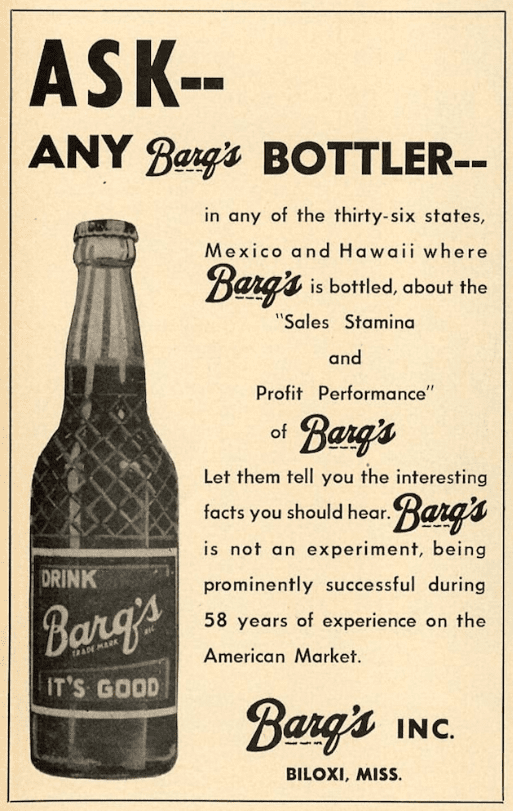
To this day, no one can be sure exactly when what we now know as Barq’s Root Beer made its debut. By some accounts, it was the year after the Bottling Works opened. Likely, it was sometime between then and 1900. Regardless, it was undoubtedly created and bottled for the first time at Barq’s facility in Biloxi. By 1906, the drink was being distributed nationwide.
For quite some time, the drink was commercially successful despite not being branded as “root beer.” Hires Root Beer, which would eventually be acquired by Keurig Dr. Pepper, was at the time attempting to trademark the “root beer” moniker. Hires would later sue Barq’s over the use of the term. Barq’s was also quite different from most other soft drinks on the market, including many root beers. It was sarsaparilla-based, which gave it a slightly earthy or spicy flavor, and it was lower in sugar, higher in carbonation, and lacked a foamy head.
Shortly after his move to Biloxi, Barq had met and hired a young Jesse Louis Robinson. Robinson would become Barq’s protégé and later his quasi-business partner. Perhaps out of a desire to preserve the founding myth of Barq’s as a small-town family business, some accounts say that Robinson was Barq’s father-in-law. Historical resources simply don’t seem to bear this out.
In the 1930s, Robinson started a soft drink business in New Orleans. This was not a traditional franchise—the two men signed an agreement that allowed Robinson to produce his own concentrate for Barq’s root beer. To distinguish them, Barq’s was bottled in Biloxi and had a blue label, while soda was bottled in New Orleans and had a distinctive red label. The drink became so successful in New Orleans that it led to a widespread perception that Barq’s was a New Orleans original.
Barq’s was also one of the first soft drink manufacturers to move away from the traditional six- or eight-ounce glass bottles in favor of a larger 12-ounce bottle. Barq’s son, who by that time apparently had some stake in the company, is said to have convinced his father to make this change. Barq’s was ascendant. More bottling franchises were opened, and by the late 1930s, there were over 60 plants bottling Barq’s throughout the United States. The slogan, which oddly enough proved to be popular, was “Drink Barq’s. It’s good.”
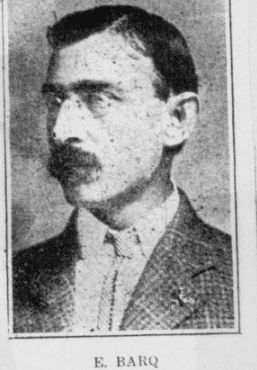
Edward Barq Sr. died in 1943. The Barq’s brand would undergo several challenges throughout the mid-20th century. In 1976, John Koerner and John Oudt bought the Biloxi-based company from the third generation of Barq family members and moved it to New Orleans with plans to market the brand nationally. As it happened, there were already Louisiana-based Barq’s companies owned and operated by Robinson heirs. Extended legal battles over trademarks for the Barq’s name took Koerner, Oudt, and the Robinson heirs all the way up to the 5th Circuit of the U.S. Court of Appeals, which finally ruled in favor of the Robinson heirs. Coca-Cola began the drawn-out process of acquiring the Barq’s brand in 1995. The last Robinson family-held Barq’s was sold in 2000. What started as a Mississippi Gulf Coast curiosity became a lasting staple in American culture thanks to the vision of Edward Barq, the loyalty of his partners, and the distinctive bite of a soda that dared to be different.

